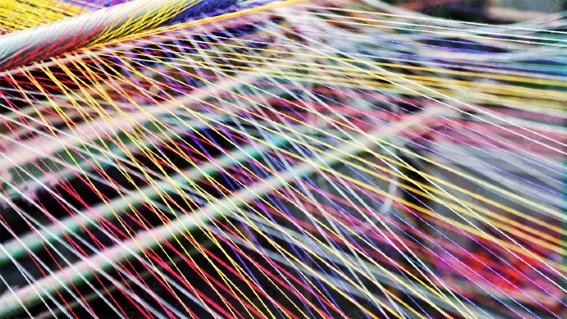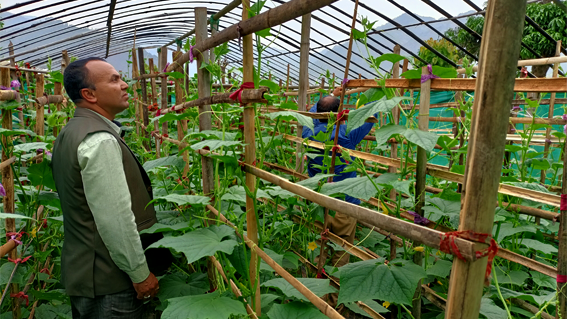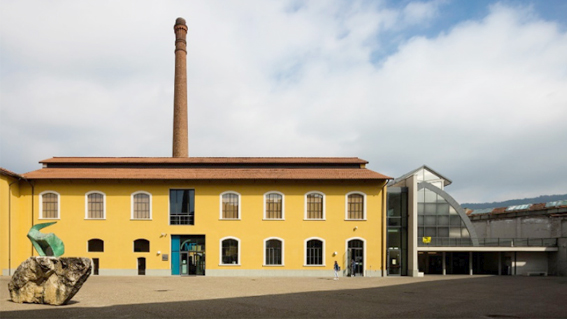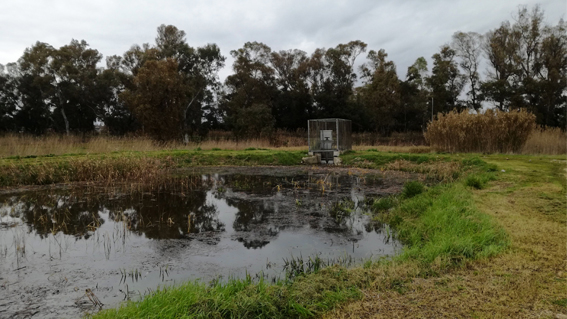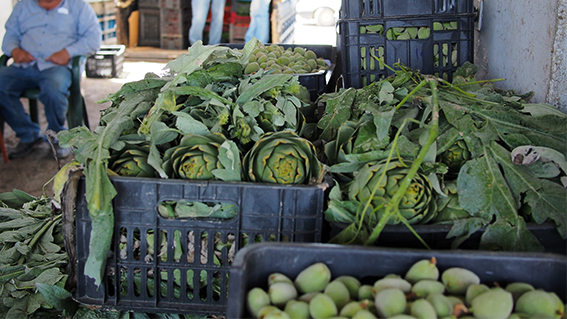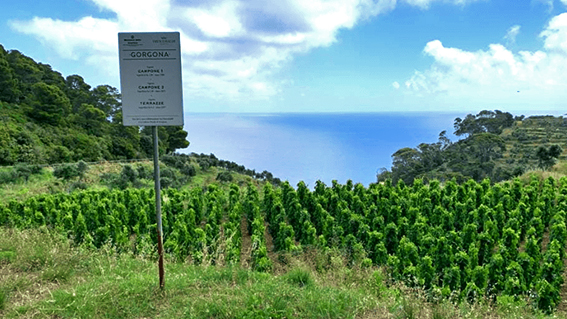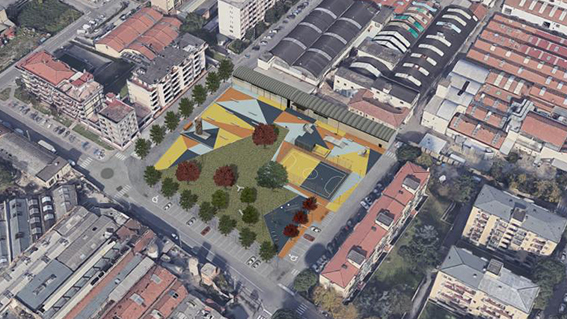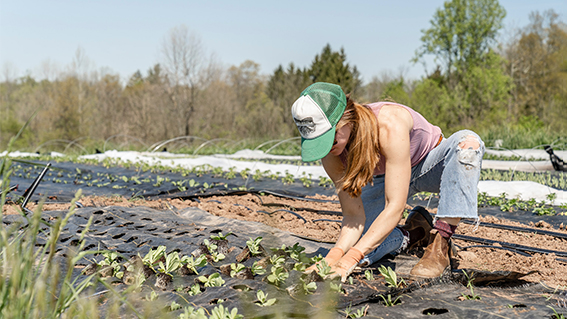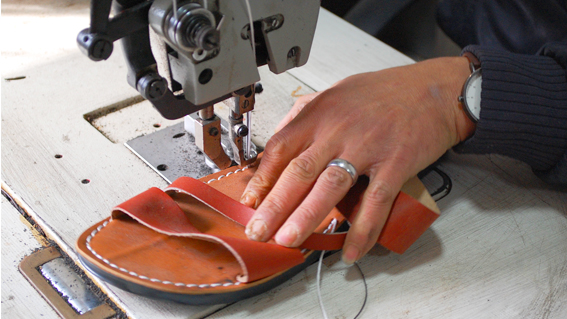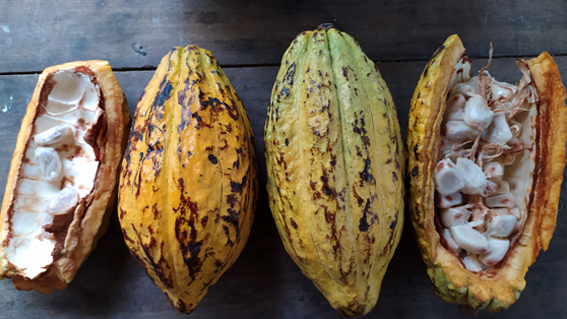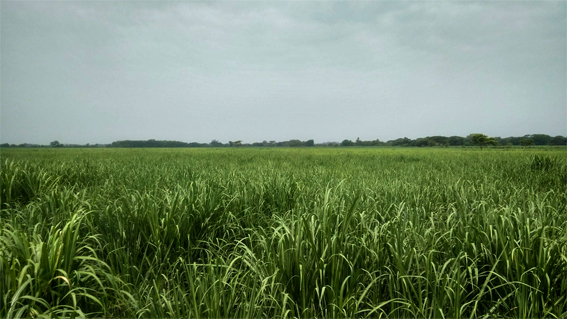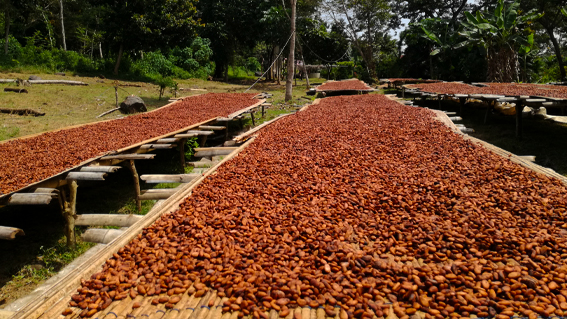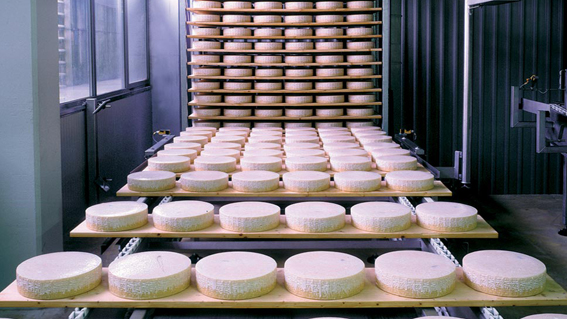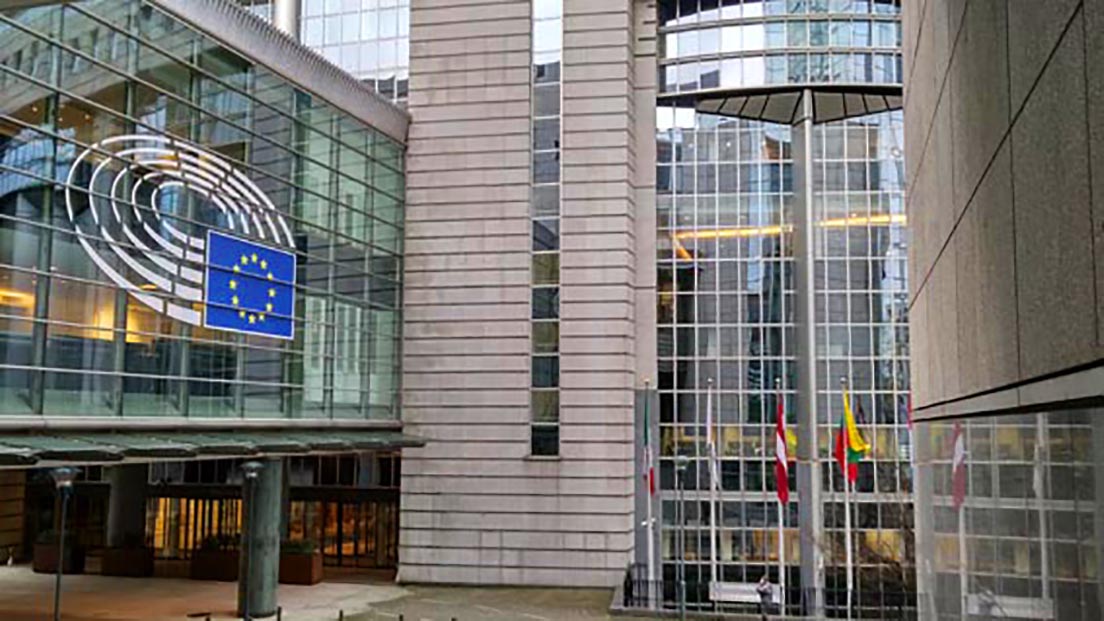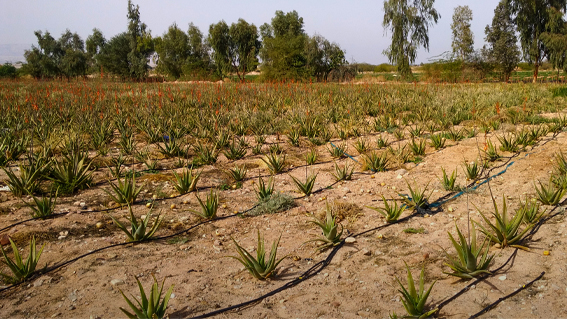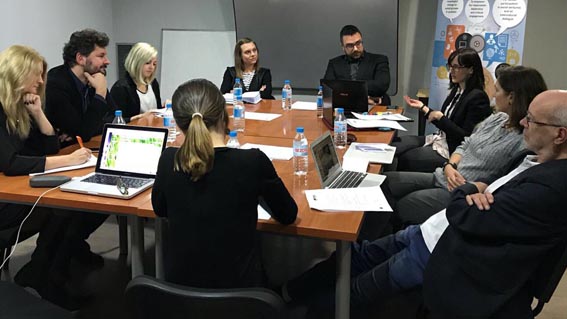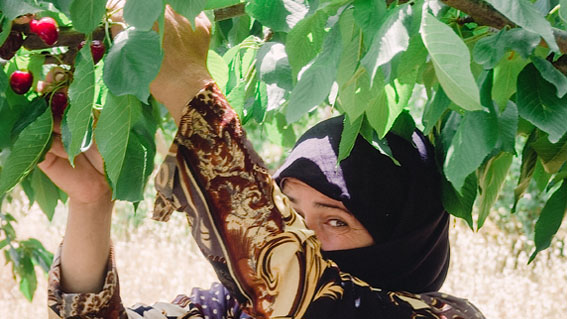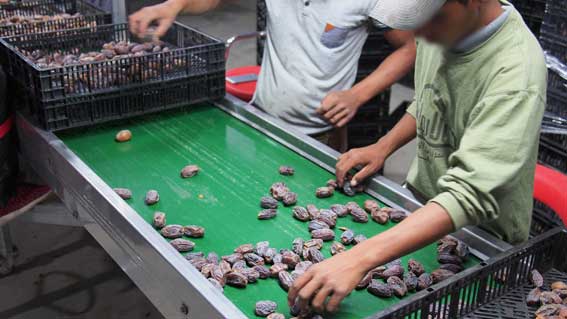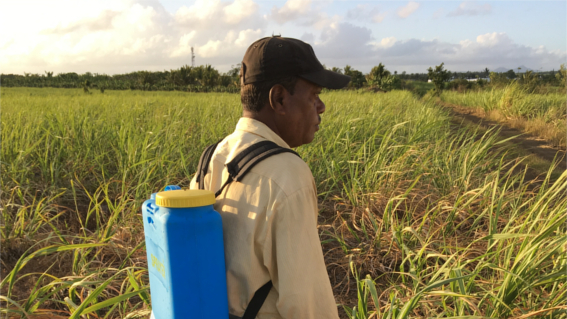Accelerating the transition to a circular economy is the current challenge for institutions, cities, production districts, organisations and individuals.
Alongside the many virtuous initiatives at the micro level, increasingly systemic and integrated circular models for sustainability must be developed and established.
The transition requires overcoming regulatory constraints, providing resources and raising awareness at all levels of society. The local urban dimension is the one where the transition process can be facilitated: built-up areas can interpenetrate with productive and commercial activities and services, public green spaces can alternate with areas devoted to urban agriculture. It is in this context that local decision-makers must promote policies of innovation, regeneration and cohesion.
What is Circular Economy?
For a local administrator it is mainly connected to waste management. For an entrepreneur it can represent the opportunity to recover and reuse by-products and materials for his production process. An urban planner can consider it as a model of recovery and reuse of an empty building.
Circular Economy does not mean only reduction of waste. on the contrary it means enhancing what is considered waste can be used in an innovative way as second raw material or for the production of energy. But it also means rethinking cities and our lifestyles, with the promotion of social cohesion.
Each step of a product’s life cycle, from the supply of raw materials and commodities to design, from manifacturing to distribution, must minimize the consumption of resources and at the same time the waste produced.
The Unit mainly operates in the following fields, click to know more:

